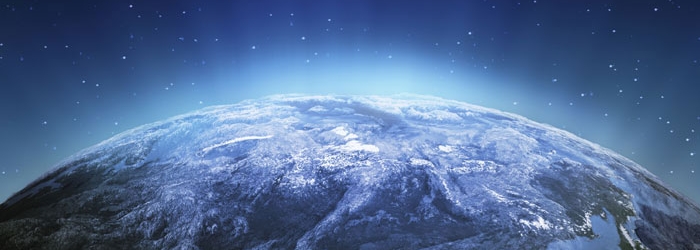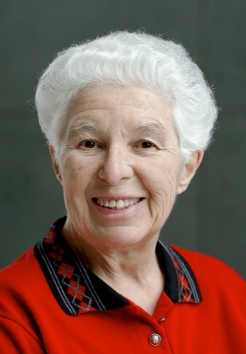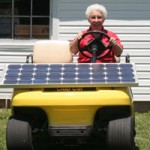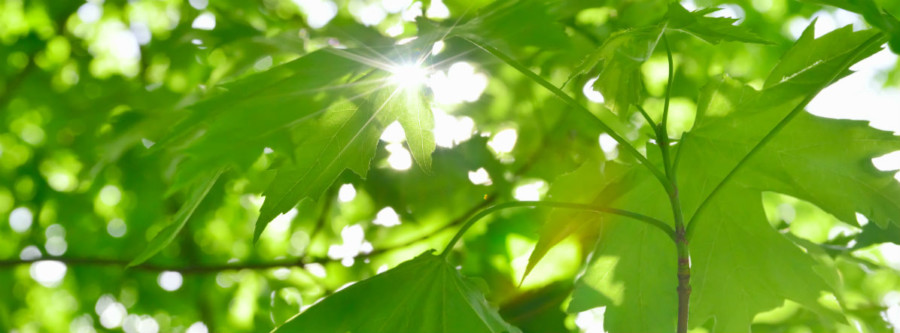“From here, thousands of miles away, the Earth shows the incredible beauty of a magnificent blue and white pearl, floating in a vast, dark sky. It looks like it could fit into the palm of my hand. On it there is everything that is sacred and loved by us.” Edgar Mitchell
“From the moon, Earth is so small and so fragile, and such a precious little spot in the universe, that you can block it out with your thumb. Then you realize that on that spot, that little blue and white circle, is everything that means anything to you – all history, music, poetry and art, birth and love and death, tears and joy…And then you are changed forever.” Rusty Schweigert
“When I saw it from space in all its beauty and fragility, I saw our most urgent task — to cherish and preserve it.” Sigmund Jahn, GDR
Earth – our home as seen by the astronauts challenges all of us to accept this most urgent task of cherishing and preserving it. In a nutshell: Earth’s population today is 7.3 billion; more than 8.7 million kinds of plant and animal species inhabit the planet with humanity; scientists tell us that more than 80% of plant and animal species have yet to be identified; our planet is 29% land and 71% water. The single biggest threat to our home today is climate change.
Pope Francis reminds us that “Climate change is a global problem with grave implications…it represents one of the principal challenges facing humanity in our day…A great cultural, spiritual and educational challenge stands before us, and it will demand that we set out on the long path of renewal.” Francis calls us to an ecological conversion. What does that mean?
It means taking the time to understand the realities of climate change. Is some of it natural? Absolutely. Natural causes include volcanic eruptions, ocean currents, earth’s orbital changes, solar variations, and global warming, but those changes take place over millions of years, not within a span of 50-100 years. Fossil fuels, solid waste, leaking coolants and aerosol spray propellants are causing changes unprecedented in human history. Signs of climate change can no longer be ignored. They are everywhere: changing rain and snow patterns, changes in animal migration and life cycles, less snow and ice, thawing permafrost, changes in plant life cycles, warmer oceans, rising sea levels, damaged corals, stronger storms, higher temperatures and heat waves and more droughts.
Humanity’s ecological footprint, the measure of human demand on Earth’s resources, now exceeds the planet’s bio-capacity (its ability to renew resources) by 50%. In 1961 we used 74% of Earth’s resources in a single year. In 1985 we used 114% of Earth’s resources in a year and in 2012 we reached 156%. This year, August 8th, 2016, was Earth Overshoot Day, the day the planet’s inhabitants used up an entire year’s worth of resources.
What can one person do? Look at the following suggestions and decide today what steps you (and/or your organization) can take to help create a sustainable future, one in which “environmental, social and economic development meets the needs of the present without compromising the ability of future generations to meet their own needs”:
- Shut off your computer or put it to sleep when you aren’t using it;
- Use public transportation or carpool whenever possible;
- Take a shorter shower (by shortening your shower by one minute you can save more than one thousand gallons of water in a year);
- Carry reusable bags when shopping;
- Turn off the lights when you leave a room;
- Buy local whenever possible.
- Use a refillable travel mug or water bottle;
- Turn off your cell phone at night;
- Recycle paper, plastic, metal, and glass;
- Turn down the thermostat (for every degree you turn down your thermostat you will save up to 3% in heating costs);
- Print less and double-side whenever possible;
- Compost;
- Learn about renewable energy sources: biomass, solar, wind, geothermal, water;
- Write a letter to the editor and/or local and national legislators expressing your concerns about environmental sustainability;
- Support environmental organizations (e.g. Ohio Interfaith Power and Light);
- Take the St. Francis Pledge: Pledge to PRAY, ACT and ADVOCATE for a more sustainable world. (http://www.catholicclimatecovenant.org/pledge)
- Learn more about the UN Sustainable Development Goals. (http://www.un.org/sustainabledevelopment/sustainable-development-goals/)
- Vote for candidates who are committed to creating a more sustainable world for all.
Earth: One Planet, One Home, One Community.




